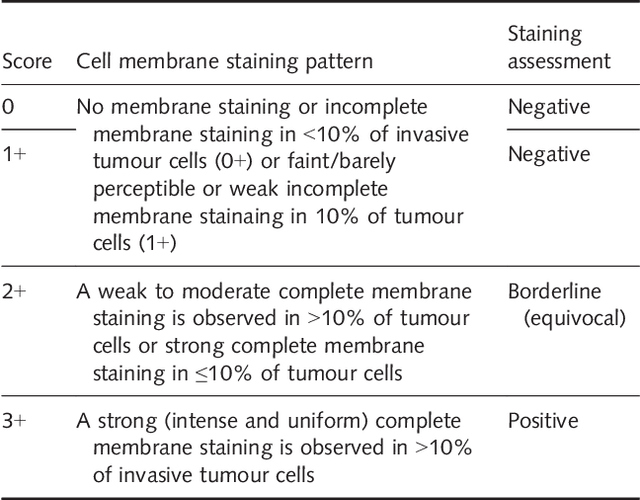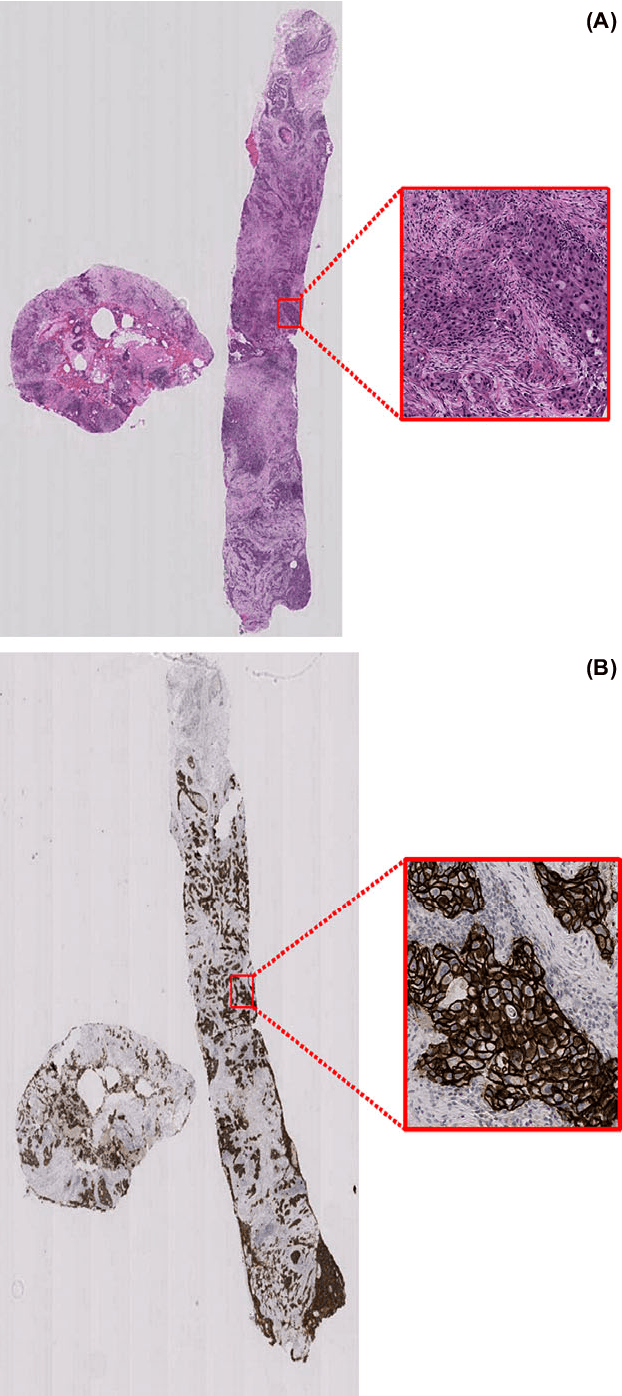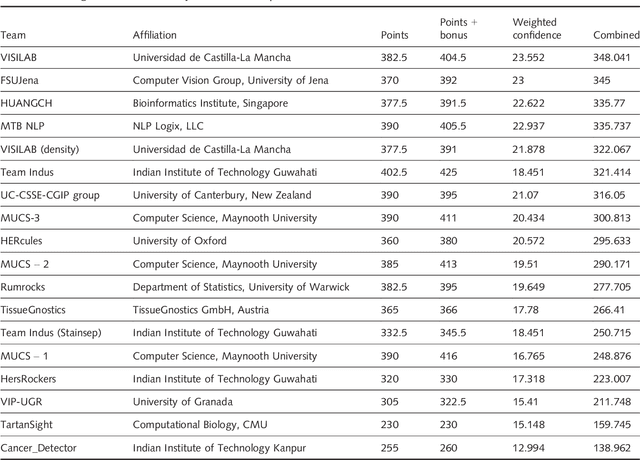Abhik Mukherjee
Weakly supervised segmentation with point annotations for histopathology images via contrast-based variational model
Apr 07, 2023Abstract:Image segmentation is a fundamental task in the field of imaging and vision. Supervised deep learning for segmentation has achieved unparalleled success when sufficient training data with annotated labels are available. However, annotation is known to be expensive to obtain, especially for histopathology images where the target regions are usually with high morphology variations and irregular shapes. Thus, weakly supervised learning with sparse annotations of points is promising to reduce the annotation workload. In this work, we propose a contrast-based variational model to generate segmentation results, which serve as reliable complementary supervision to train a deep segmentation model for histopathology images. The proposed method considers the common characteristics of target regions in histopathology images and can be trained in an end-to-end manner. It can generate more regionally consistent and smoother boundary segmentation, and is more robust to unlabeled `novel' regions. Experiments on two different histology datasets demonstrate its effectiveness and efficiency in comparison to previous models.
Her2 Challenge Contest: A Detailed Assessment of Automated Her2 Scoring Algorithms in Whole Slide Images of Breast Cancer Tissues
Jul 24, 2017



Abstract:Evaluating expression of the Human epidermal growth factor receptor 2 (Her2) by visual examination of immunohistochemistry (IHC) on invasive breast cancer (BCa) is a key part of the diagnostic assessment of BCa due to its recognised importance as a predictive and prognostic marker in clinical practice. However, visual scoring of Her2 is subjective and consequently prone to inter-observer variability. Given the prognostic and therapeutic implications of Her2 scoring, a more objective method is required. In this paper, we report on a recent automated Her2 scoring contest, held in conjunction with the annual PathSoc meeting held in Nottingham in June 2016, aimed at systematically comparing and advancing the state-of-the-art Artificial Intelligence (AI) based automated methods for Her2 scoring. The contest dataset comprised of digitised whole slide images (WSI) of sections from 86 cases of invasive breast carcinoma stained with both Haematoxylin & Eosin (H&E) and IHC for Her2. The contesting algorithms automatically predicted scores of the IHC slides for an unseen subset of the dataset and the predicted scores were compared with the 'ground truth' (a consensus score from at least two experts). We also report on a simple Man vs Machine contest for the scoring of Her2 and show that the automated methods could beat the pathology experts on this contest dataset. This paper presents a benchmark for comparing the performance of automated algorithms for scoring of Her2. It also demonstrates the enormous potential of automated algorithms in assisting the pathologist with objective IHC scoring.
 Add to Chrome
Add to Chrome Add to Firefox
Add to Firefox Add to Edge
Add to Edge